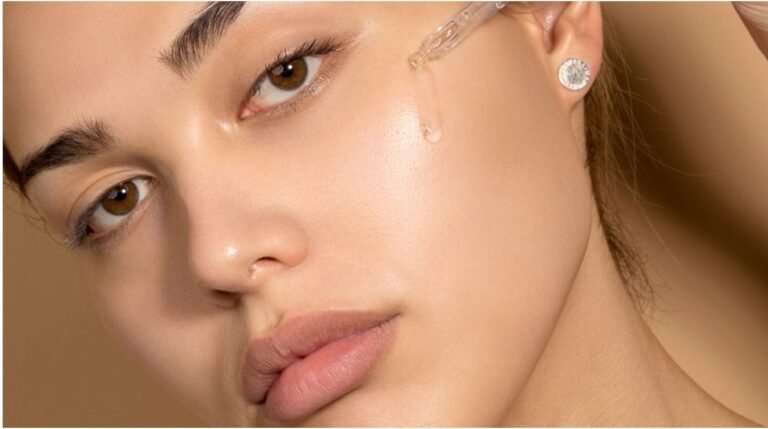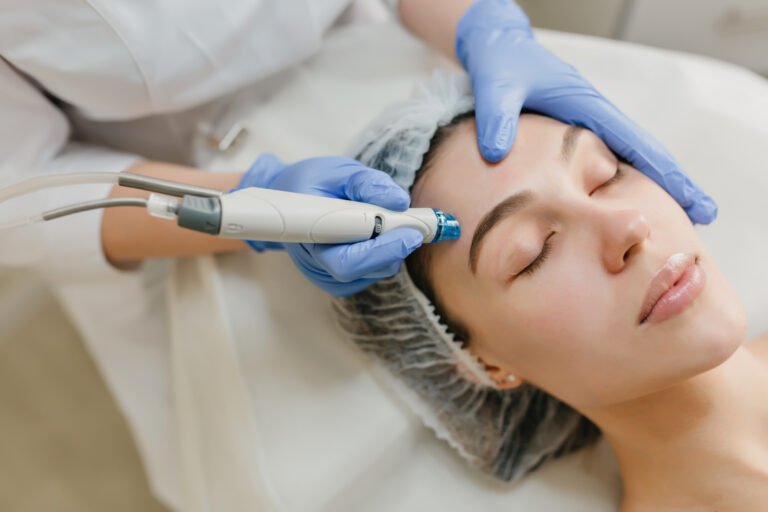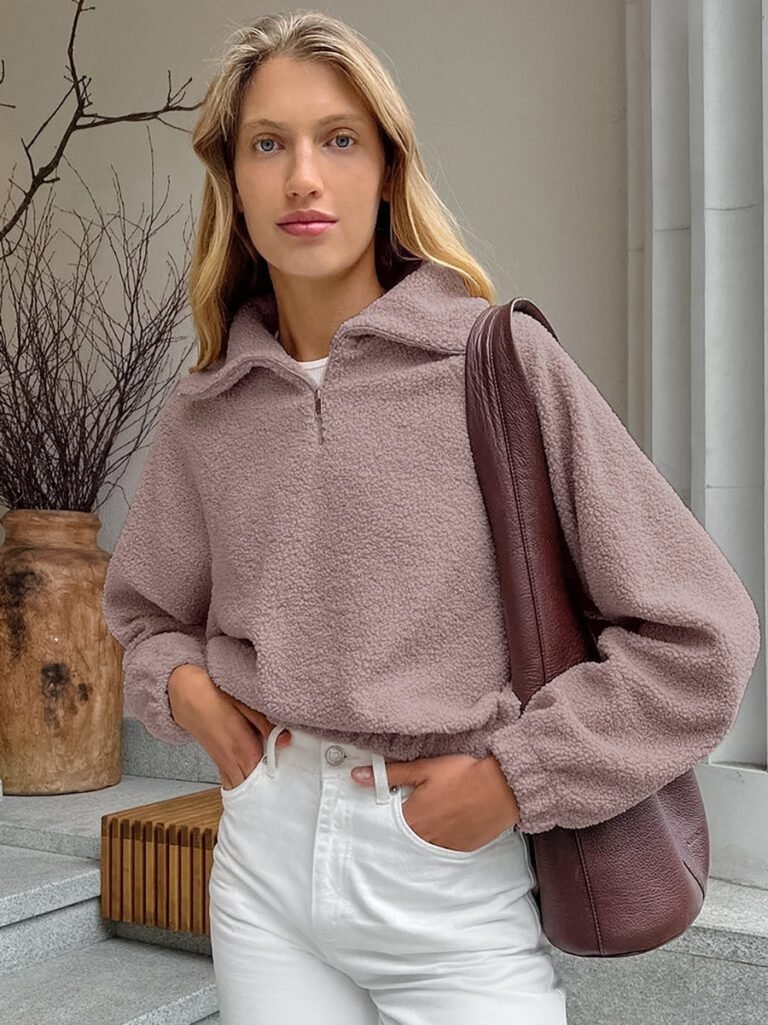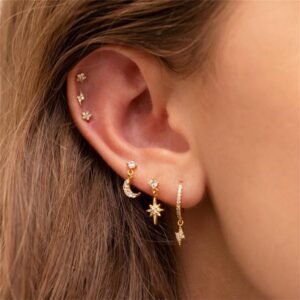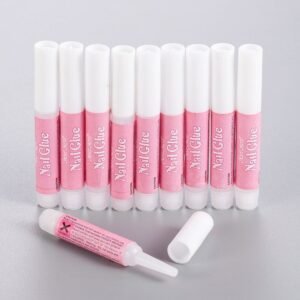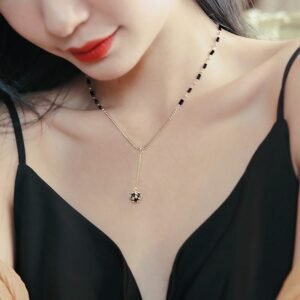Don't miss our Winter Sales offer 40% OFF!
The Evolution of Beauty Through Time
The Evolution of Beauty: An Overview
The Evolution of Beauty explores how standards of beauty have changed from the 1920s to the present. Every decade has its own unique narrative due to cultural influences and societal norms. The trip demonstrates how wider shifts in attitudes and values are reflected in beauty trends, from the free-spirited flapper looks of the 1920s to the inclusive beauty standards of the digital age. Through its ability to adapt and challenge conventional norms over time, the narrative highlights the dynamic nature of beauty.
1920s: Jazz’s Golden Age
The 1920s The evolution of beauty saw a dramatic shift in social conventions that gave rise to the flapper era. Women began to live more freely, and this was reflected in the makeup and clothes that they chose. The trademark bob haircut, bright lipstick, and dark kohl-rimmed eyes came to symbolize the exuberant energy of the Jazz Age. Beauty standards evolved to reflect the period’s social changes, favoring a more daring and free-spirited look.
The 1930s Hollywood glamour:
The Hollywood Golden Age of the 1930s set the stage for a later era of elegance and sophistication. Celebrities like Marlene Dietrich and Jean Harlow personified the glamour of the silver screen. Hollywood beauty developed well-defined eyebrows, softly curly hair, and scarlet lips. The beauty industry evolved with the introduction of cosmetics, moving away from the more subdued look of the decade before.
The 1940s: Elegance of the War Era
During the austere period of the 1940s, the Second World War had an impact on beauty trends. Women started implementing useful beauty regimens when rationing was implemented. Red lipstick continued to be a symbol of tenacity, as did Victory Rolls and conventional haircuts. The war years introduced a blend of style and utility, demonstrating how beauty standards might be adjusted to meet difficult circumstances.
1950s: The Age of Growing Femininity
The 1950s saw a return to a more feminine style as a result of post-war wealth. The hourglass shape was popular, and Marilyn Monroe and Audrey Hepburn’s influence on the world of beauty left an indelible mark on the period. Red lips, well-groomed hair, and winged eyeliner became the standard of femininity. With the release of new items, the beauty industry grew, reflecting the era’s consumer-driven lifestyle.
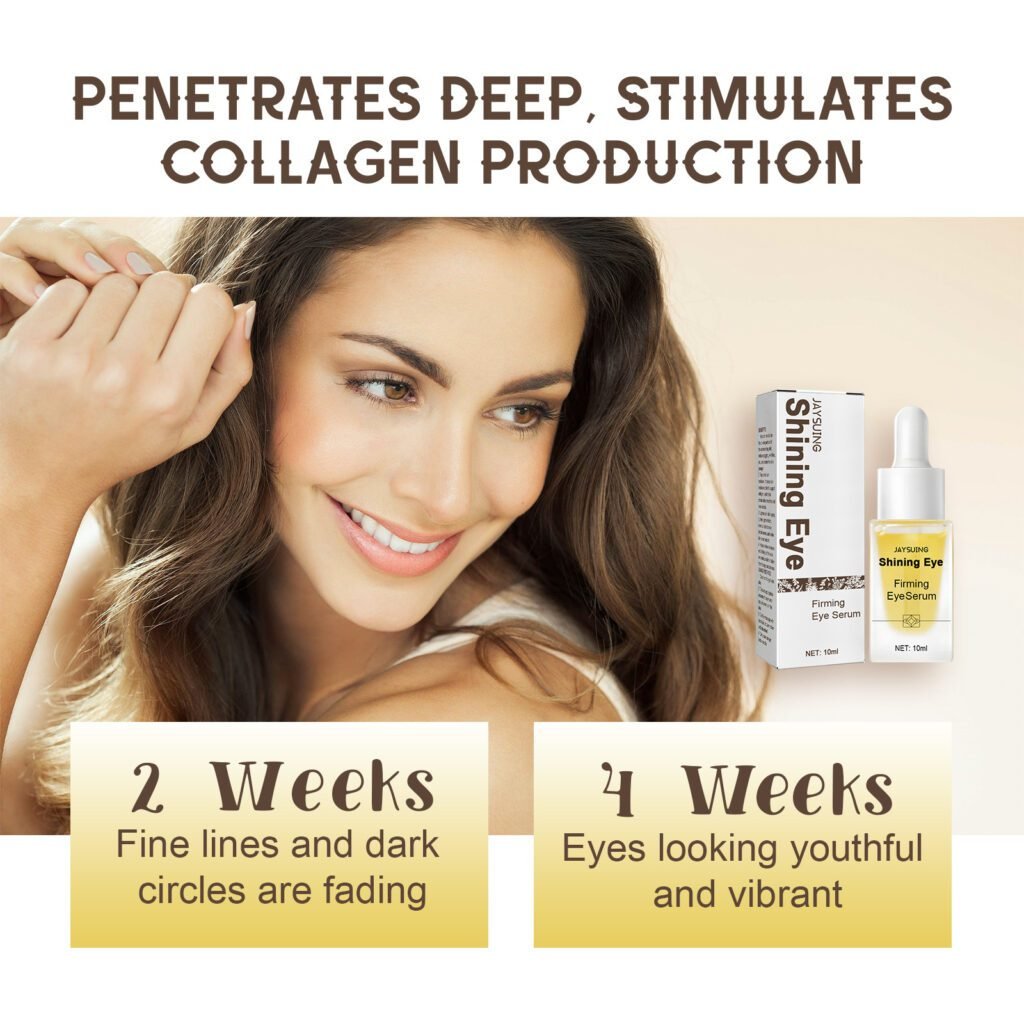
The Swinging Sixties of the 1960s
A cultural revolution occurred in the 1960s, and the spirit of change was reflected in beauty trends. The vivid, psychedelic colours of the 1960s and Twiggy’s wide-eyed appearance typified the decade’s beauty. Women welcomed individualism, embraced shorter hairstyles, and experimented with bright eyeshadows. The mod aesthetic defied convention and represented the progressive social movements of the day.
Natural Beauty: 1970s
The 1970s saw the adoption of a more organic, carefree style. Women aimed to showcase their uniqueness, with the boho style taking center stage. This era was defined by flowing hair, little makeup, and a sun-kissed glow. In response, the beauty industry introduced earthy hues and goods that catered to a more natural and holistic approach to skincare and makeup application.
1980s: Glamour and Excess
In the 1980s, the Evolution of Beauty was known for its glitz and indulgence. Exaggerated hairstyles, vivid colors, and power clothing characterized beauty trends. MTV and well-known people like Madonna had a big influence on beauty standards. The decade’s wealth and energy were reflected in the popular use of vivid eyeshadows, dramatic contouring, and voluminous hair.
Grunge and minimalism in the 1990s:
A change towards genuineness and minimalism occurred in the 1990s. Grunge fashion and beauty included undone hairstyles, matte lipsticks, and a more carefree attitude towards grooming. Supermodels such as Kate Moss challenged conventional ideas of elegance by becoming the embodiment of “heroin chic.”
The Rise of Influencers in the 2000s:
The 2000s heralded the arrival of the digital age, with celebrities and influencers shaping global beauty trends. With the emergence of social media sites like Instagram, expectations for beauty have changed, placing more emphasis on dramatic eyebrows, contouring, and flawless skin. Beauty expanded to include more people and celebrated uniqueness and diversity.
2010s: Inclusivity and Diversity:
In the 2010s, the evolution of beauty, diversity, and inclusivity became increasingly important, leading to a paradigm shift in the standards of beauty. The need for products that accommodate a broad range of skin tones and kinds has surged, according to the cosmetic industry. As body positivity movements gained traction, traditional ideas of beauty were questioned.
2020s: Sustainability and Holistic Wellness
As we enter the present decade, holistic approaches to sustainability and wellbeing are reflected in beauty trends. The popularity of clean beauty, environmentally friendly packaging, and skincare as self-care has increased. Influencers and brands support a more inclusive definition of beauty by embracing blemishes and championing authenticity.
Conclusion:
The evolution of beauty trends through the decades is a testament to the ever-changing nature of societal values and cultural influences. From the daring flapper styles of the 1920s to the inclusive beauty standards of the 2020s, each era has contributed to the rich tapestry of beauty history. As we continue to redefine and expand our understanding of beauty, the journey through the decades serves as a reminder that beauty is a dynamic and diverse expression of the times in which we live.


